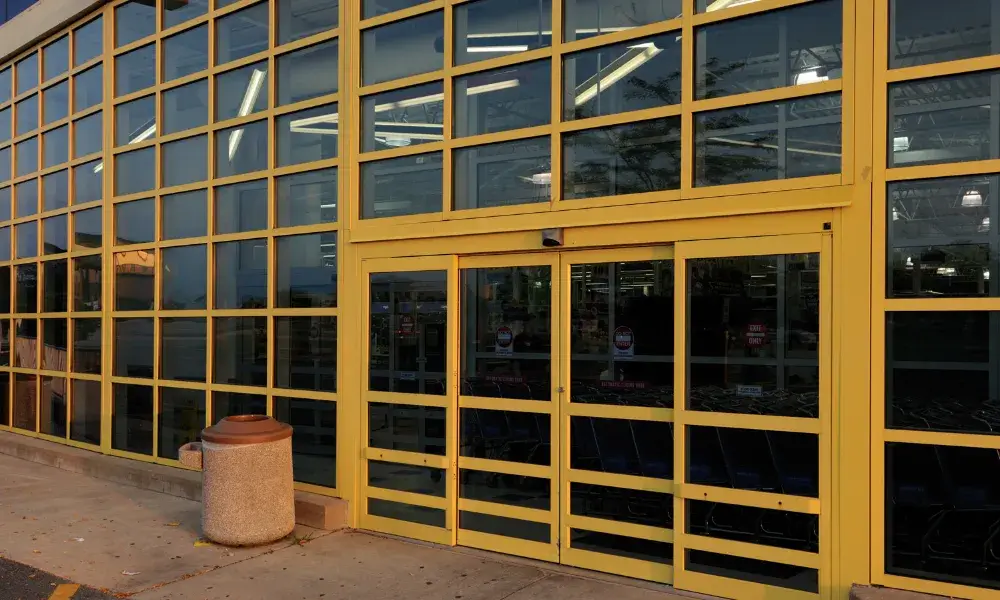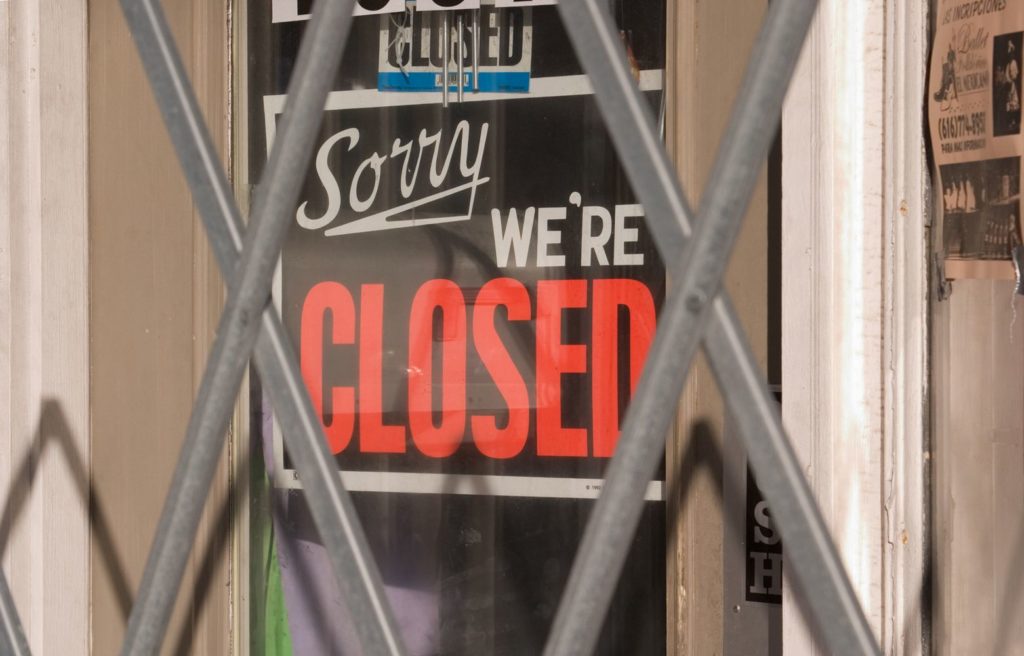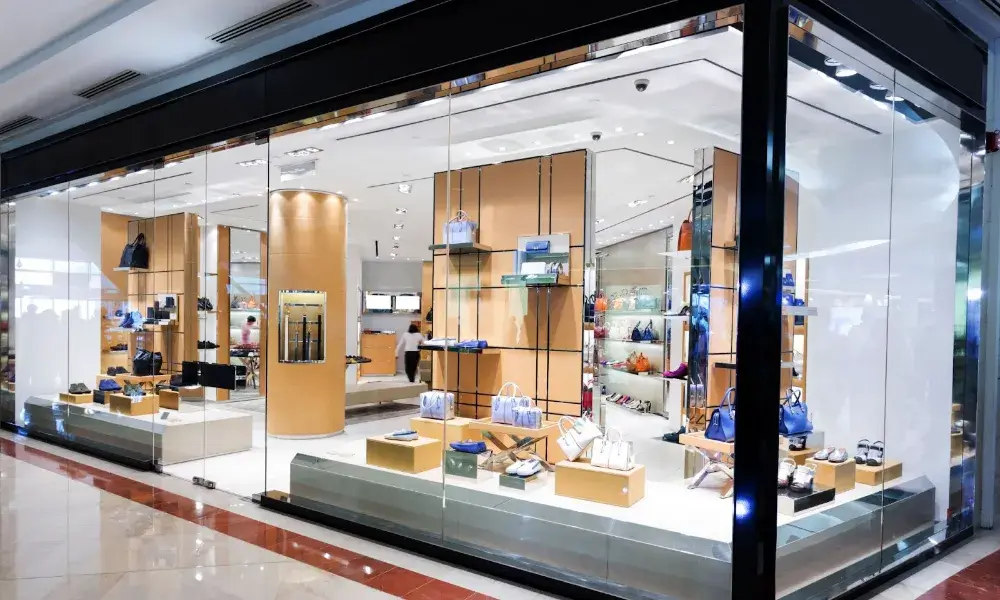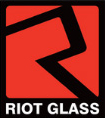Written By: Brad Campbell | June 7, 2023
Security glass has become increasingly popular for commercial architecture in recent years because of its ability to provide protection against forced entry, burglary, smash-and-grab theft, vandalism, rioting and looting, and other potential security threats.
In this article, we’ll take a look at the benefits of security glass for commercial architecture, the different types of security glazing available, and the considerations that architects and building owners should keep in mind when choosing security glass for their projects.
The primary benefit of commercial security glass is its ability to deter and prevent would-be intruders from breaking into a building, as well as reduce the risk of glass-related hazards.
Security glass is much more difficult to break than regular glass (some types of security glazing are virtually unbreakable), and if it does break, it doesn’t shatter into sharp, dangerous pieces that could fly inwards and cause injury, like standard annealed glass has the potential to do.
Instead, some types of security glass crack or spall if broken, but they often retain their overall form, making it much harder for an intruder to gain entry to a commercial property by reaching through a broken pane of glass to open a door from the inside or by stepping right in.

Another benefit of security glass is its ability to provide security while maintaining, and even enhancing, the aesthetics of commercial buildings.
For example, many types of security glass are available in tinted, reflective, colored, or frosted varieties, which can harden a building’s security while allowing architects and building owners to choose a glass type that complements the overall design of the building.
For certain types of commercial properties where privacy is a concern, such as banks, hospitals, clinics, glass office buildings, and government facilities, installing tinted or reflective security glass can also add privacy.

In general, commercial security glazing falls into three broad categories: laminated security glass, polycarbonate security glazing, and glass-clad polycarbonate (GCP) glazing. Each different type of security glass comes with its own unique set of benefits and drawbacks.
Laminated security glass is made by sandwiching a layer of plastic (basically a sheet of security window film) between two sheets of glass.
This creates a sheet of strengthened glass that’s much more difficult to break than regular glass or even tempered glass and, if it does break, the plastic layer will hold the broken shards of glass in place, preventing the surface from completely shattering apart.
However, the main drawback of laminated security glass is that it’s still vulnerable to prolonged forced entry attempts.
For instance, during a riot, determined looters can still eventually smash a sheet of laminated security glass out of its framing to gain entry to a commercial property.
Polycarbonate security glazing does not contain any glass at all, but is instead composed entirely of polycarbonate or of a combination of polycarbonate and other plastics.
This type of commercial glazing is ideal for mitigating the threats of forced entry and burglary because attempts to gain entry by smashing a polycarbonate panel with a sledgehammer or another common burglary tool will bounce right off.
Polycarbonate looks and feels very close to traditional glass, but with a level of impact resistance that glass simply cannot provide.
A disadvantage of pure polycarbonate glazing is that it has the potential to dent and scratch more easily than glass.
Ballistic-grade GCP security glazing is made by sandwiching layers of glass and polycarbonate together.
This creates a type of “bulletproof glass” that is much more resistant to bullets and other projectiles/impacts than other types of security glass and even other types of ballistic glazing.
It’s important to note that, although GCP glazing offers some of the best ballistic resistance ratings you can find in security glass products, there’s no such thing as 100% bulletproof glazing.
Bullet-resistant glazing can stop one or more rounds from certain types of firearms, but it can still eventually be penetrated.
That being said, GCP glazing can get riddled with bullets and will still remain a barrier to forced entry, because the polycarbonate prevents it from shattering or giving way. This makes it ideal for active threat mitigation, as it provides the access denial needed to keep bad guys out.
When choosing security glass for a commercial building, there are a few important considerations that architects and building owners should keep in mind. These include the level of security required, aesthetics, and budget.
The level of security required from glazing will vary depending on the building and its intended commercial use.
For example, high-end retail stores, such as jewelry stores, need a high level of anti-theft protection for their storefront windows and display cases, in order to prevent burglary and smash-and-grab theft.
On the other hand, schools, government facilities, and religious buildings may be more at risk of violent targeted attacks, and therefore may require a higher level of active threat protection (which can be provided by bullet-resistant glazing).
While security is important, the appearance of commercial buildings is also a key consideration.
Many types of businesses rely on maintaining a high level of curb appeal to do business successfully, and traditional forced entry prevention solutions like window bars and scissor gates are too unsightly to be an option.

Architects and building owners should choose a type of security glass that complements the overall design of the building and maintains or enhances its aesthetic appeal, without compromising the functionality of windows.
For businesses like retailers, for example, where allowing window shopping is a major way of gaining customers, choosing crystal-clear security glazing won’t significantly alter the functionality of storefront windows by reducing visibility or blocking out natural light.

Of course, as with any type of construction or renovation project, budget is always something to take into consideration when choosing the right type of security glazing for commercial architecture.
Fortunately, there are ways to reduce costs when installing commercial security glazing, such as by retrofitting certain types of glazing over the existing glass or by using combinations of different types of security glazing for different areas of the building.
For instance, you might reinforce all of the most vulnerable potential entry points with virtually unbreakable glazing (polycarbonate or GCP), and use slightly less durable glass (laminated security glass) for harder-to-reach doors and windows.
Riot Glass® is a line of security glass that uses specific formulations of polycarbonates, acrylics, other plastics, and laminated to provide the highest level of protection against a full range of security threats, including:
Although Riot Glass® offers products that are similar to other types of laminated security glass, polycarbonate security glazing, and glass-clad polycarbonate glazing, the unique compositions of Riot Glass® access denial systems make them outperform and outlast anything similar.
Many Riot Glass® solutions can be retrofitted on top of your existing architectural glass using retrofittable framing adapters, so there’s no need to remove and replace existing windows and doors — this is very cost effective.
We can help you determine the right Riot Glass® solution for your security needs, aesthetic goals, and budget.
Contact us today for a free consultation!

HOW CAN WE HELP YOU?
